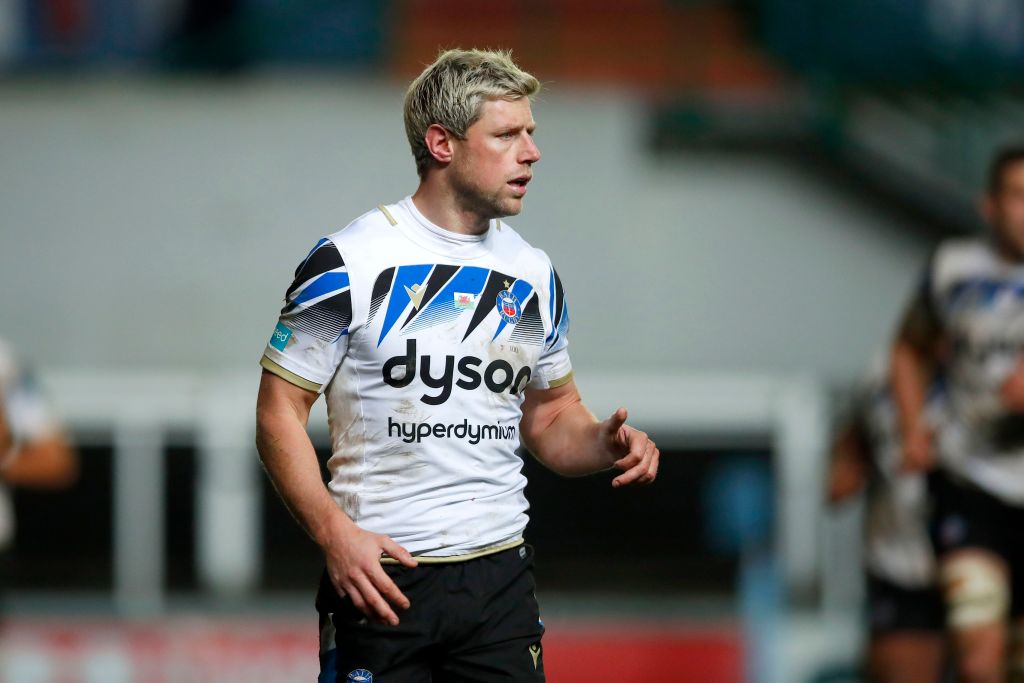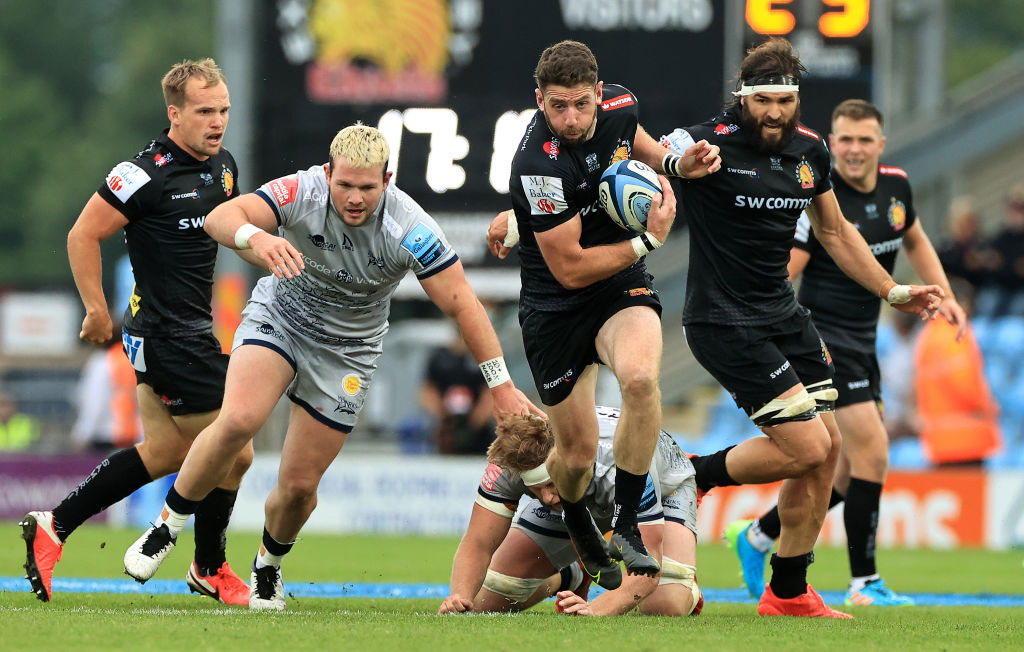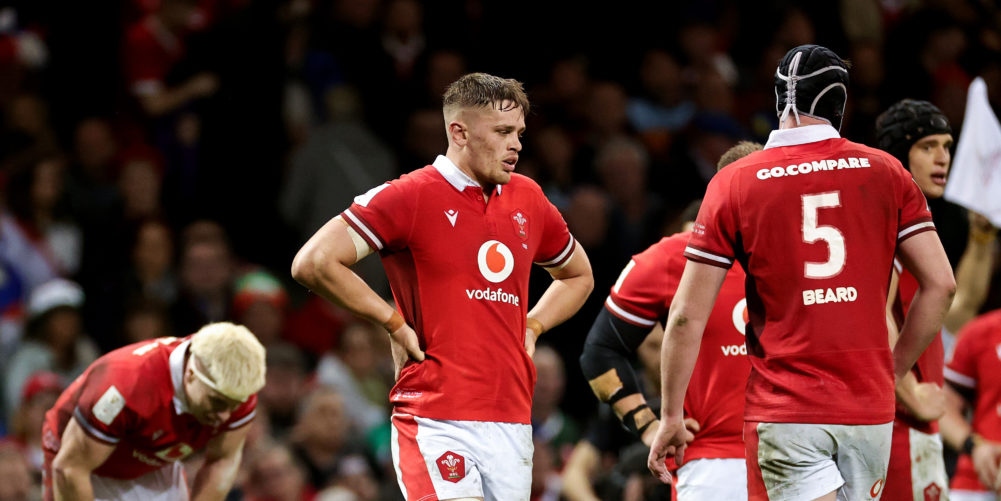By Peter Ryan
A massive part of today’s sport is traditional and social media.
The two have a symbiotic relationship and thrive on each other. Events provide the media with content to discuss, and the press plays a key role in creating a buzz around whatever is happening.
Every sport has its coverage, and certain sports will be covered more than others, depending on your location.
In Wales, it doesn’t get much bigger than rugby union, which means many publications’ top sporting stories revolve around the game.
The intense interest in rugby has its pros and cons, especially for the players.
In the past, if a player was in good form, the media and fans would tout them as the next big thing.
However, people quickly criticise when an athlete goes through a rough patch, and this has been detrimental to several players’ careers.
Now that Wales is going through a rebuilding process, it is paramount not to put too much pressure on the squad.
Rugby and the Public and Press in Wales
Whenever those famous red jerseys take to the field, most of the country’s eyes are on the Principality Stadium.
The team’s performance is always a massive talking point in the days following the match.
If Wales play well, the side is rightly praised, and if they perform poorly, they are critiqued.
The issue is that the negativity always seems to outweigh the positive.
In some cases, much of the negativity is directed at a particular player.
However, it’s not just the traditional media who voice their opinions; the armchair experts are known for expressing their thoughts whenever possible.
Social media provides fans with a platform to say anything without repercussions.
Some of the things said about the players are disgraceful, and it can cause an athlete to fall out of love with the sport they compete in.
Welsh rugby fans are very passionate and want the team to do well.
Fans expect to compete with the very best because, for a small nation, Wales has achieved so much.
This means that when the country isn’t playing its best, some fans use social media to voice their displeasure.
When abuse is targeted at one player, it can have a significant impact on them.
There have been many examples of this throughout the history of Welsh rugby.
Case Studies
Many great players have broken onto the scene throughout the years but faced much criticism after a poor run of form.
In some cases, this has driven players out of Wales.
However, it also showcases the resilience and strength of these players, who continue to strive for excellence despite the challenges. It highlights the importance of the psychological side of the game.
Rhys Priestland
Rhys Priestland had an up-and-down international career, which could have been longer.
The 37-year-old earned 56 caps during his career and played a crucial role in Wales’ 2012 Grand Slam campaign, delivering many outstanding performances while wearing those famous three feathers on his chest.
However, his support dwindled when he started to endure a rough patch.

An infamous moment was when Wales welcomed Australia to Cardiff; on the 47th-minute mark, he was substituted and met with boos from Welsh fans.
It wasn’t great to see the fly-half, who had given his all for the nation, not being respected by the fanbase.
It was no surprise when Priestland left Wales to join Bath. At Bath, he looked like a completely different player, as though a massive weight had been lifted off his shoulders.
It shows that escaping the toxic culture did wonders for his career.
Eventually, Priestland returned to the Welsh team and contributed significantly, showing fans and the media what could have been achieved if they had been more patient.
Alex Cuthbert
Alex Cuthbert burst onto the scene and impressed many around the rugby world.
The winger’s speed, strength, and size made him a lethal finisher.
Cuthbert was more than just an elite finisher, scoring many memorable tries for Wales and the British & Irish Lions.
Like Priestland, the England-born player was vital to the sensational 2012 Welsh team. However, he was scrutinised after going through 12 games without crossing the try line.
A significant moment when the public unfairly turned against him came during the 2015 World Cup.
In many people’s eyes, Cuthbert made a poor defensive read, which would have been dismissed as a typical mistake in a regular game.
Yet, because it was such a high-profile match, the mistake was highlighted.
The Springboks had a scrum in the red zone in the closing moments of Wales’ quarter-final against South Africa.
Duane Vermeulen picked up the ball from the scrum and charged towards Lloyd Williams. Cuthbert naturally moved to help secure the tackle, but Vermeulen pulled off a perfect offload.
Fourie du Preez caught the superb pass to secure the try that sent Wales crashing out of the competition.
Cuthbert was made the scapegoat by the media and fans alike. In 2018, he left for Exeter Chiefs but, like many before him, eventually returned to Wales.

These two examples illustrate the detrimental impact of the toxic environment created by fans and the media on Welsh rugby players.
This environment has prevented Wales from retaining quality players during their prime.
It is a stark reminder of the crucial need for a more supportive and less critical approach from all stakeholders, including the media and the fans.
It is the responsibility of all of us to create an environment that fosters player confidence and performance.
Learning from the Past
We must break this cycle of excessive criticism. We must learn from the past and ensure our players are not subjected to the same toxic environment.
The future of Welsh rugby depends on it. After the 2023 World Cup, it is clear that Wales is going through a transitional period.
Over the last year, many new faces have earned international caps.
Recently, results have not gone in Wales’ favour, with rumblings of criticism after a poor Six Nations and a challenging summer tour Down Under.
It is important to remember that this is a young team that still needs time to develop.
We have seen the damage that over-criticising a player can do to their confidence, and some players have already faced their fair share of abuse.
Sam Costelow has been at the forefront of everything.
Playing fly-half is challenging enough, but stepping into the role after the great Dan Biggar decided to step away from the international stage adds even more pressure.
Costelow appears to be a decent prospect.
His performances for Wales have yet to set the world alight, but at just 23, he still has time to learn and improve.
The squad cannot be expected to be world-beaters immediately, but there seems to be a strong core of players capable of achieving great things in the coming years.
Over-criticism is never helpful, and the media must be patient.
It will be interesting to see how Wales performs over the next year, as all anyone wants to see is improvement.
READ MORE: South African influence on European Rugby























